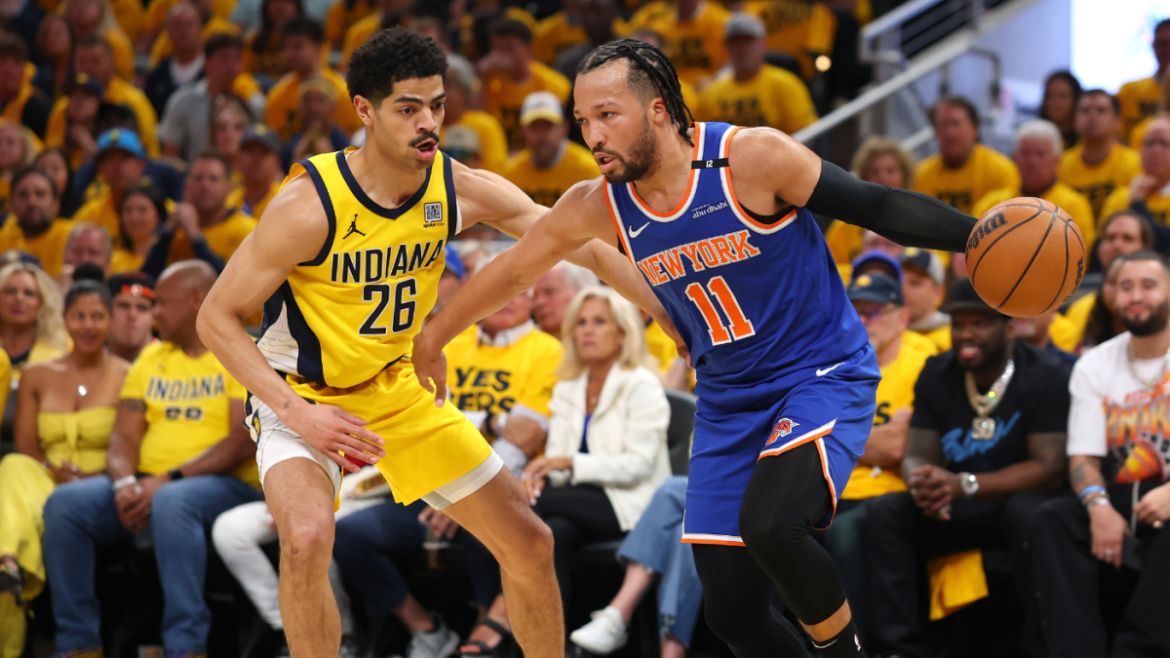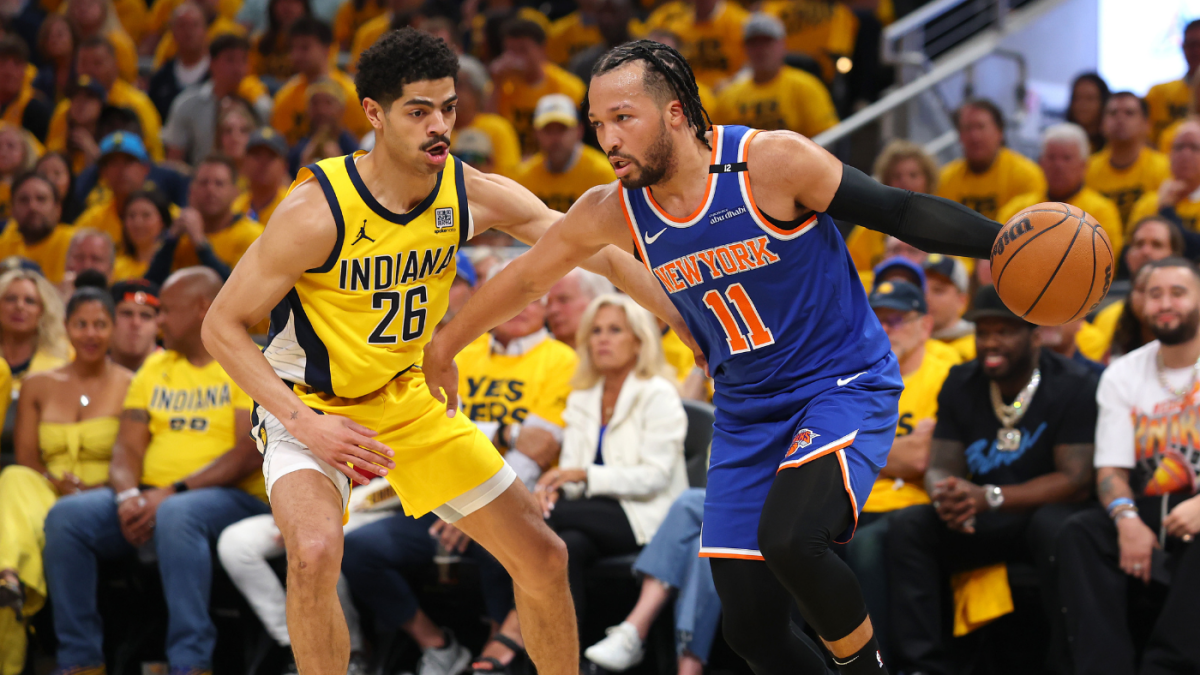The Challenge and History of Blown 3-1 Leads in NBA Playoffs: Assessing the Knicks and Timberwolves’ Chances
Setting the Stage: The Rarity and Significance of a 3-1 Comeback
In the NBA playoffs’ rich history, overturning a 3-1 series deficit is a daunting task. Out of nearly 300 playoff series where a team held a 3-1 lead, only 13 teams (approximately 4.3%) have clawed their way back to win. This rarity highlights the challenge the New York Knicks and Minnesota Timberwolves face as underdogs trying to reverse such deficits in their respective playoff runs.
Statistically, teams holding a 3-1 lead have a dominant conversion rate into series victories. For example, teams leading at this stage—especially those with home-court advantage—have won roughly 95.7% of these series. Notable is the example from the 2020 NBA bubble when the Denver Nuggets completed a 3-1 comeback despite no true home-court edge, an exception in the data.
Knicks’ Struggles Against the 3-1 Deficit
The Knicks’ history dealing with this scenario is particularly bleak. They have never successfully overturned a 3-1 deficit in the playoffs, losing all 15 such series. This includes various high-stakes contexts, such as the Eastern Conference Finals against the Celtics and several first-round exits against the Pacers. Their recent playoff encounters exhibit the same pattern, with the most recent series further underscoring the difficulty of the task.
Compounding their challenge is roster health and consistency. While the Knicks have fought admirably in the games that followed their down-3-1 positions, they were often missing key players from their main rotation, reducing their realistic odds of mounting a full comeback. Even with a complete roster, overcoming the trend is historically formidable.
Timberwolves’ Situation and Historical Context
The Timberwolves, unlike the Knicks, have shown potential in high-pressure playoff situations and also bring a slightly stronger regular-season performance, especially in three-point attempts—a critical weapon in the modern playoffs. Importantly, the Timberwolves carry an aura of momentum from eliminating strong champions in past seasons and possess a roster with dynamic scoring options such as Karl-Anthony Towns and Anthony Edwards.
However, the history of NBA playoffs reveals that only one Western Conference Finals team has overturned a 3-1 deficit: the 2016 Golden State Warriors against the Oklahoma City Thunder. This ranks the Timberwolves as facing an uphill battle, compounded by the high stakes of the conference finals and pressure of the moment.
Key Factors Influencing Comebacks from 3-1 Deficits
Several critical factors influence whether a team can engineer a comeback from 3-1 down:
– Home-Court Advantage: Historically crucial, teams with it win approximately 61 out of 63 series once up 3-1 in conference finals or later rounds. Both the Knicks and Timberwolves face tough road games that diminish their comeback chances.
– Roster Health and Stability: Injuries or suspensions to star players are often cited as reasons for collapsed leads, such as the Knicks’ 1997 series where suspensions played a role. The current health and rotation depth are central to sustained efforts.
– Experience and Momentum: Teams like the Warriors and Cavaliers who have previously mounted such comebacks often had playoff-tested veterans and strong collective momentum.
– Defensive Adjustments and Tactical Responses: In past comebacks, teams successfully adapted their defensive schemes and offensive strategies in crucial games, while those losing leads often failed to adjust.
Psychological and Narrative Impact
For franchises like the Knicks and Timberwolves, the psychological hurdle is enormous. The weight of history—zero prior successful comebacks for the Knicks and the rarity for the Timberwolves—may influence player confidence and fan expectations. Media narratives and coaching pressure add to these complexities, as seen with repeated critiques of coaches like Doc Rivers who have experienced multiple blown 3-1 leads.
Yet, basketball is inherently unpredictable. Historic comebacks, though scarce, remind fans and teams that momentum can shift dramatically in a seven-game series. Each of the 13 teams to rally from 3-1 deficits achieved this through a combination of resilience, tactical savvy, key player performances, and sometimes, a bit of fortune.
Conclusion: Do the Knicks and Timberwolves Stand a Real Chance?
Given the weight of history, odds favor the teams currently leading 3-1, making the Knicks and Timberwolves’ missions extremely challenging. The Knicks struggle is underscored by their 0-15 record in such situations, with past examples highlighting key roster disruptions and lack of consistent playoff success. The Timberwolves, while still facing significant hurdles, seem to carry a relatively better chance bolstered by recent successes and a robust roster.
Ultimately, their chances hinge on elevating their defensive intensity, maximizing health and star performances, and leveraging the unique momentum shifts only playoff basketball can provide. While statistically improbable, a comeback is not impossible, and the annals of NBA history preserve enough surprises to keep both franchises and fans hopeful amid the daunting 3-1 deficit.





